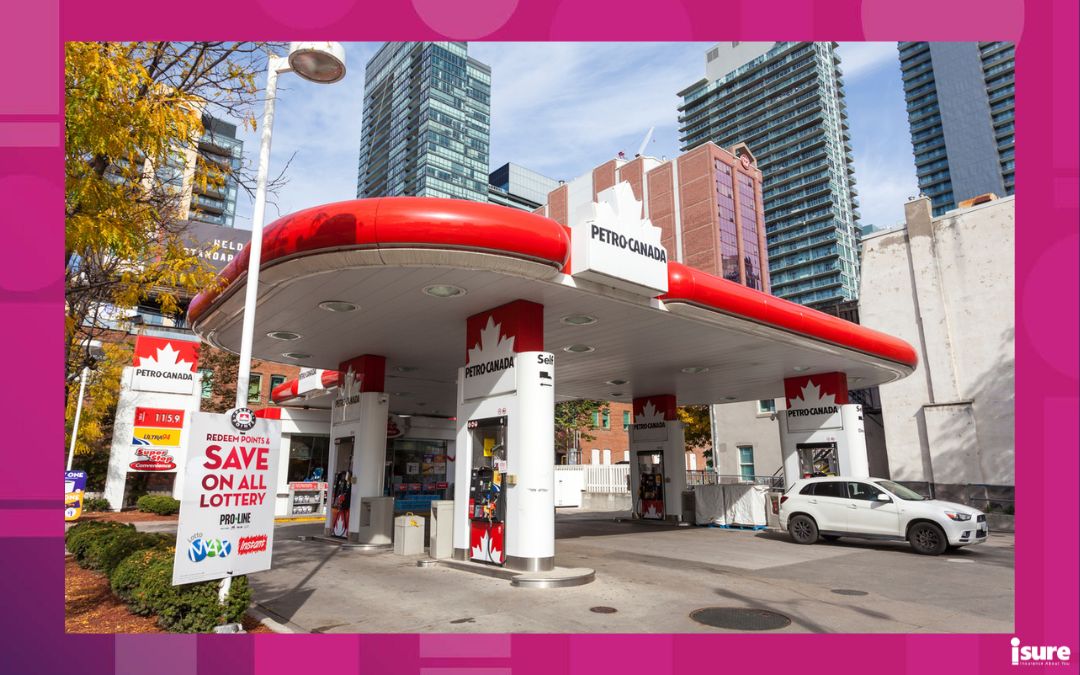As of April 1st, Canada’s carbon pricing system is poised for a significant increase of 23%. Sadly, this is not an April Fool’s joke, but we wish it was. Due to this, a debate between provincial leaders has started over its impact on affordability. This hike in carbon pricing isn’t surprising to many. This is because of the government’s long-term strategy to address climate change. These increases are estimated to be scheduled until at least 2030. The plan involves steadily increasing the price of carbon over time. Though Trudeau’s administration views this as an important policy to enforce, many leaders are urging a pause citing worries of it being unaffordable. Let’s take a deeper look at the details regarding the upcoming Carbon Tax increase in Canada.
What is the Carbon Tax in Canada?
To understand what the price increase means for Canadians, we must first understand what the Carbon Tax is. Essentially, the carbon tax is a fee when it comes to the burning of carbon-based fuels such as coal, oil, and gas. Spearheaded by Prime Minister Justin Trudeau’s minority Liberal government, it serves to reduce the overall impact of carbon emissions by creating a financial penalty when it comes to pollution. It is a core component when it comes to reducing the use of fossil fuels. The goal is to, one day, completely remove the use of these fuels which are harming our climate.
Why is Canada’s Carbon Tax increasing on April 1st?
Trudeau’s government hopes that the increase in Carbon Tax will incentivize major companies across the country to transition to greener forms of energy, thus helping our economy. When high enough, the carbon tax can motivate these companies to switch to more economically-friendly fuels.
With this said, the increase isn’t just aimed to help big companies, but homeowners, as well. The increase in carbon tax will compel homeowners to install greener energy sources in their homes, such as heat pumps. Alternatively, switching from a gas-powered vehicle to an electric alternative will eliminate the burning of fossil fuels. “The current carbon price isn’t high enough to have much of an effect on consumer behaviour,” says Christopher Ragan, the Director of the Max Bell School of Public Policy at McGill University told CBC. Ragan is also the former chair of the Ecofiscal Commission, a group of experts that advocate for the Carbon Tax. “We shouldn’t be thinking about this over a few months or even a few years. We should be thinking about this policy over the longer term,” Ragan states.
What is the Federal Pricing System and Components?
Each province and territory has the option to adopt the federal pricing system voluntarily. This is for jurisdictions that don’t price carbon or don’t have a system in place that meets the national stringency standards. When this happens, they are subject to the system. The federal pricing system includes two core components and may apply individually or together in a particular jurisdiction. These components are as follows:
- A regulatory change on fossil fuels, such as gasoline, and natural gasses, such as fuel charge.
- A performance-based system for industries. This is known as the Output-Based Pricing System.
At the moment, only three regions have their own carbon pricing systems, including British Columbia, Quebec, and the Northwest Territories.
On the other hand, jurisdictions, like Manitoba, Nunavut, Prince Edward Island, and the Yukon, have both parts of the federal pricing system currently in effect. Furthermore, Alberta, New Brunswick, Newfoundland, Nova Scotia, Ontario, and Saskatchewan have the federal fuel charge operating alongside provincial carbon pricing systems for industry. Even though many are calling for a cease to the pricing upgrade, Trudeau’s administration is continuing to preserve its stance. This emphasizes the importance of carbon tax pricing and the need to make sure middle-class families aren’t bearing excessive costs.
How does this increase affect affordability?
When it comes to the April 1st Carbon Tax increase, it will primarily affect gas prices and energy bills. This is particularly true in provinces and territories subject to the federal backstop plan. Premier Andrew Furey’s concerns are similar to those of other provincial leaders, who fear the increase in financial strain on middle-class households. Even with this being the case, Trudeau’s administration remains adamant. Emphasis is being put on the role of carbon pricing and its effect on reducing emissions. The government’s commitment to addressing climate change is clear in its long-term vision. This includes steadily increasing the carbon price to achieve emission reduction targets. Ragan says the scheduled increases should be maintained, to allow businesses to plan their costs and make decisions accordingly.
The April 1st increase will amount to approximately three cents more per litre of gasoline. Currently, the carbon pricing stands at $65 per tonne. This is planned to increase to $80. One year later, it will increase by $15, eventually reaching $170 per tonne by 2030. The plan is that by 2030, the carbon price will add nearly 40 cents per litre.
With all of this in mind, the government offers the Canada Carbon Rebate to eligible Canadians impacted by the federal carbon price increase. This rebate aims to mitigate the financial burden that comes with the pricing increase. Approximately 80% of Canadians receive more from the rebates than they pay in carbon pricing, according to the government’s data.
Balancing effectiveness and critics of a Carbon Tax increase
Trudeau’s administration is trying to emphasize the importance of encouraging emission reduction and protecting households that are vulnerable to a price increase. This remains the case, even with many criticizing the carbon price increase. By having a steady increase while offering rebates to mitigate the impacts on households, the government aims to bring balance to environmental sustainability and economic affordability. Despite these concerns, Trudeau’s government is firm in its view that a price increase is a critical component when it comes to reducing emissions.
As the April 1st deadline approaches, make sure you are up-to-date with affordable home insurance. Contact us or request a quote today!





